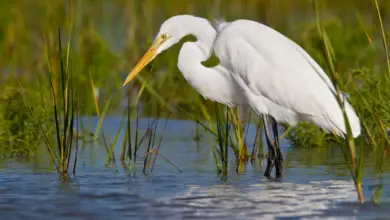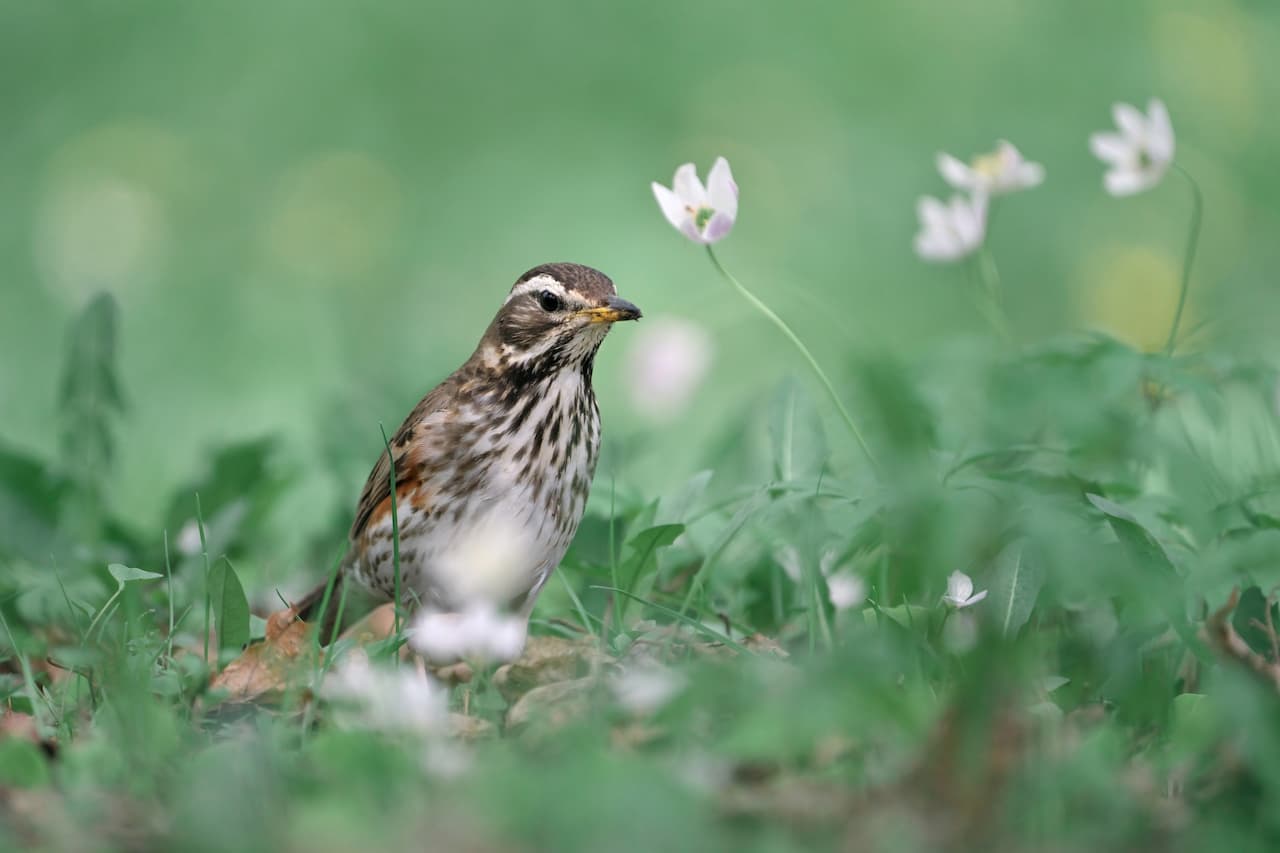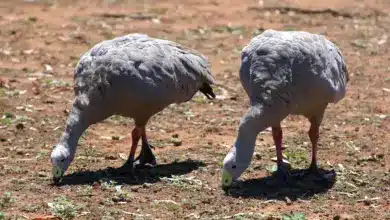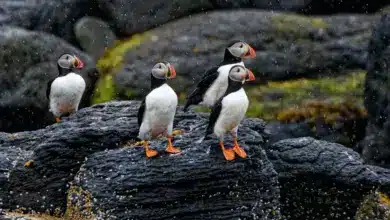Hawaiian Duck aka Koloa (Anas wyvilliana)
Hawaiian Duck aka Koloa (Anas wyvilliana)
The Hawaiian Duck (Anas wyvilliana) is a species of bird in the family Anatidae. It is endemic to the large islands of Hawaii?
Some authorities treat it as an island subspecies of the Mallard, based on its capacity to produce fertile hybrids, but it appears well distinct, and the capability of hybridization is meaningless in dabbling duck taxonomy.
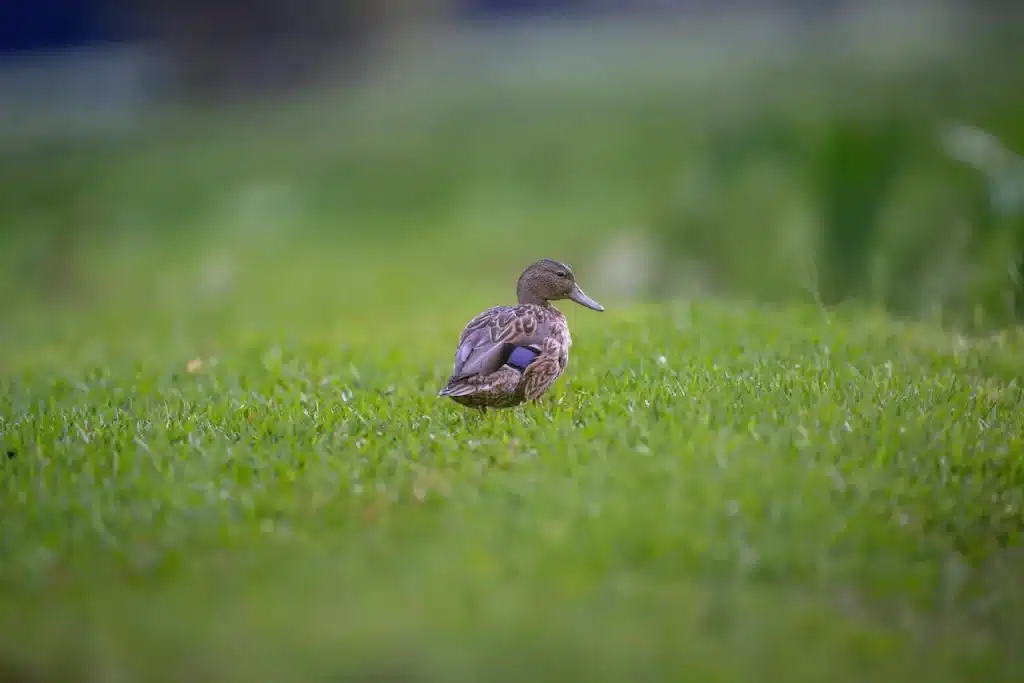
The native Hawaiian name for this duck is koloa maoli.
The former range of the Hawaiian Duck included all of the main Hawaiian islands except the island of L?na?i. Now the Hawaiian Duck only exists on the island of Kaua?i. The Hawaiian Duck was extirpated on all other islands, but was subsequently reestablished on O? Ahu, Hawai? I, and Maui through the release of captive-reared birds.
However, all the Hawaiian Ducks in the reestablished populations have bred with feral Mallard ducks and have produced hybrid offspring (Griffin et al. 1989); consequently, “pure” Hawaiian Ducks are still only found on Kaua.
The Hawaiian Duck is a very wary bird often found in pairs instead of large groups. They occur in lowland wetlands, river valleys, and mountain streams, not adapting too well to human-modified habitats.
Description
Males, (19-20″), are bigger than females, (16-17″). Both sexes are mottled brown in color. This mottled brown color resembles a dark female mallard. The speculum (= distinctive wing patch) is green to blue, bordered on both sides by white. The tail is dark overall, unlike the black-and-white tail of a mallard.
The adult male has a darker head and neck which is also sometimes green. A first-year male koloa maoli looks like an eclipse-plumaged male Mallard. The feet and legs are orange. The bill is olive green in the male and dull orange with dark markings in the female. Another difference between the Hawaiian Duck and the Mallard is their vocalizations: The koloa maoli quacks like a mallard, but not as harsh and vocal. Instead, the voice is softer than a mallard’s.
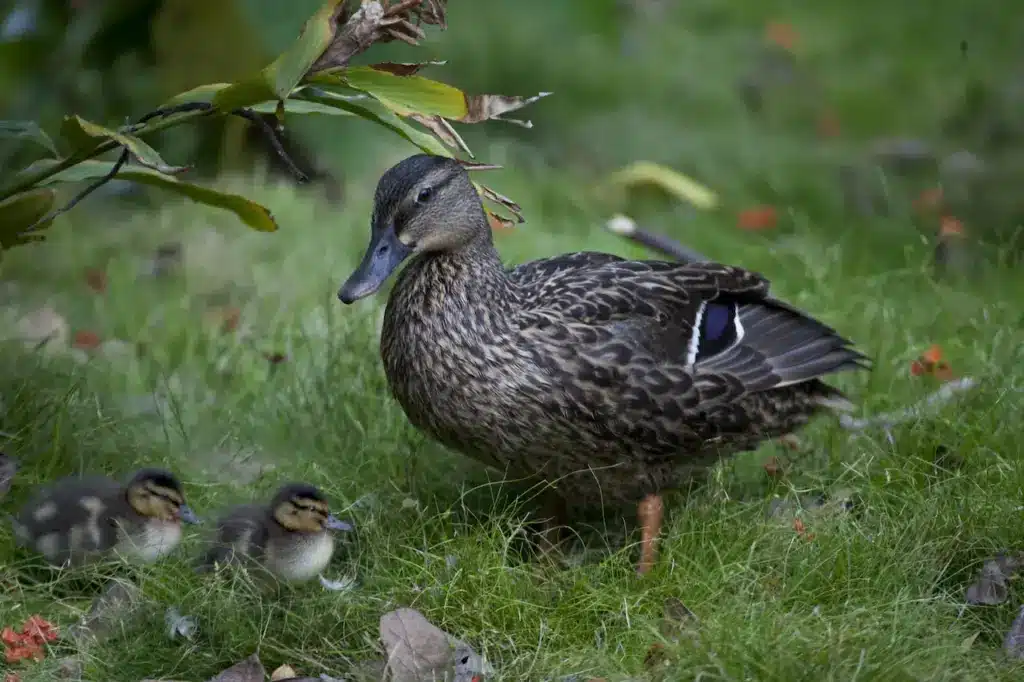
Calls / Vocalizations
Another difference between the Koloa and the Mallard is their vocalizations. The Koloa quacks like a mallard, however, not as harsh and vocal. Instead, the Koloa’s quack is softer than a mallards.
Breeding / Nesting
Some pairs nest year-round, but the primary breeding season is from December to May. During the breeding season, pairs are often engaged in spectacular nuptial (courtship) flights.
Two to ten eggs are laid in a well-concealed nest lined with down and breast feathers. Soon after hatching, the young can take to the water, but cannot fly for nine weeks.
Diet / Feeding
The Koloa maoli’s diet consists of freshwater vegetation, mollusks, insects, and other aquatic invertebrates.
Threats
Threats to the Koloa maoli include feral cats, rats, and Small Asian Mongooses, which eat the eggs and young.
Interbreeding with feral mallards is also a major problem, as the hybrids seem to be less well-adapted to the local ecosystem but still rather common due to the high numbers of feral mallards.
Several attempted reintroductions have already failed due to the hybrid ducks produced in captivity faring badly in the wild. (Rhymer and Simberloff 1996)
The “conversion of flooded taro fields to dry sugar-cane acreage” destroys parts of this species’ habitat.
Relevant Resources
Diet / Feeding:
The diet of the Hawaiian Ducks consists mainly of freshwater vegetation, mollusks, and insects.
Ducks generally feed on larvae and pupae usually found under rocks, aquatic animals, plant material, seeds, small fish, snails, and crabs.
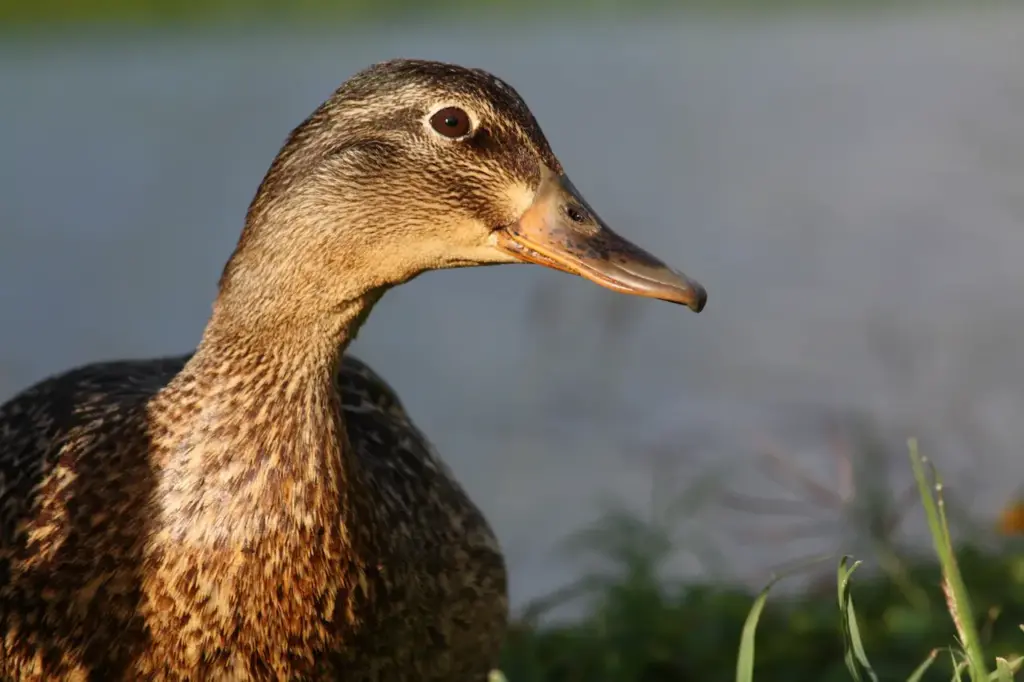
Feeding Ducks …
We all enjoy ducks and many of us offer them food to encourage them to come over and stay around – and it works! Who doesn’t like an easy meal?
However, the foods that we traditionally feed them at local ponds are utterly unsuitable for them and are likely to cause health problems down the road. Also, there may be local laws against feeding this species of bird – so it’s best to check on that rather than facing consequences at a later stage.
- Foods that can be fed to Ducks, Geese, and Swans to survive cold winters and remain healthy when food is scarce in their environment.
Photo, Video, and/or Article contributions are welcome! You can Upload articles and images here. Thank you!
Beauty Of Birds strives to maintain accurate and up-to-date information; however, mistakes do happen. If you would like to correct or update any of the information, please contact us. THANK YOU!!!

